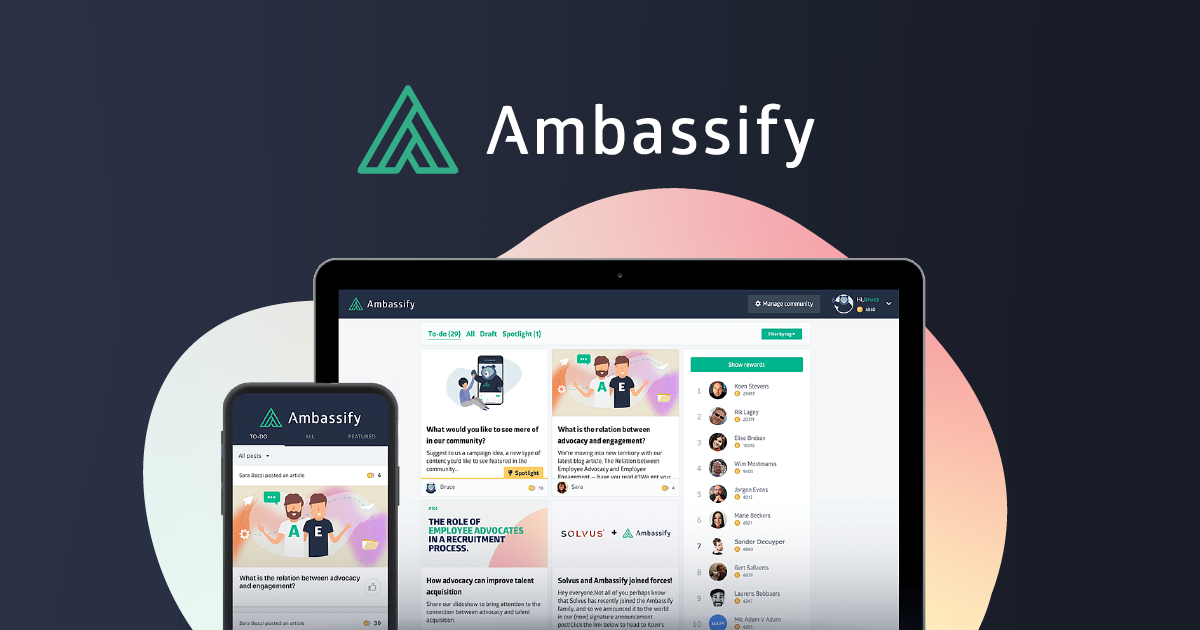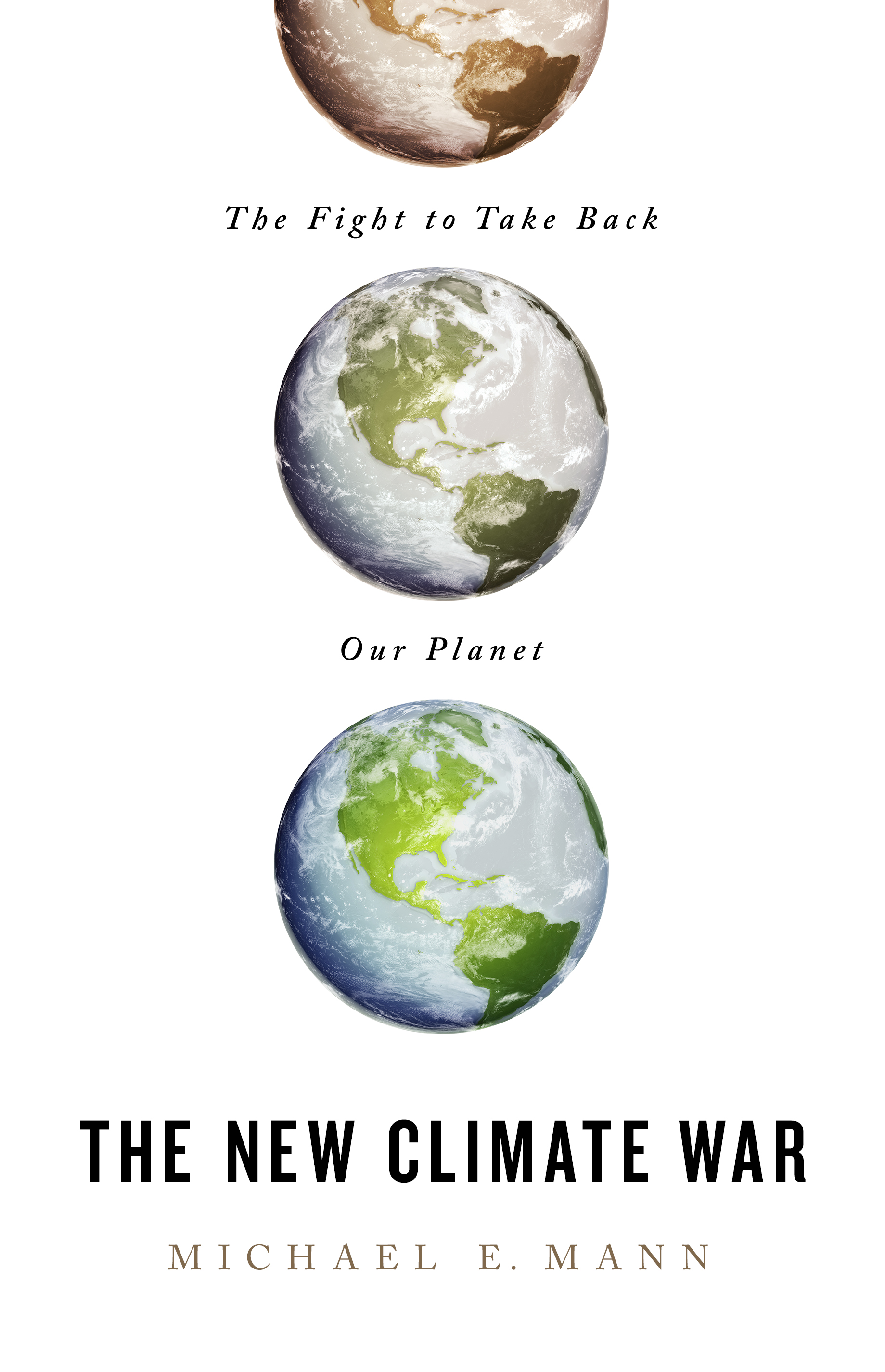Discover Pandipedia
Pandipedia is the world's first encyclopaedia of machine generated content approved by humans. You can contribute by simply searching and clicking/tapping on "Add To Pandipedia" in the answer you like. Learn More
Expand the world's knowledge as you search and help others. Go you!

Vintage fashion is trending due to a significant cultural shift towards sustainability and uniqueness in style. Social media platforms like TikTok have transformed vintage shopping into a viral experience, drawing diverse shoppers from various backgrounds and influencing new clothing designs with archival aesthetics. This trend reflects a broader rejection of fast fashion as consumers seek more sustainable and individual expressions of style[1][5].
Experts predict that upcoming vintage trends will see a resurgence of styles from the ’50s and ’80s, as celebrities increasingly favor these looks to make environmentally conscious statements on high-profile platforms like the Met Gala[2][3]. The allure of vintage is also tied to a creative approach to fashion, where customizations and upcycling contribute to a more thoughtful consumption practice[6].
Let's look at alternatives:
- Modify the query.
- Start a new thread.
- Remove sources (if manually added).
- Request a manual search from our human research team.

There are several compelling reasons to switch from Chrome to Firefox:
Resource Efficiency: Firefox is known for being less demanding on system resources compared to Chrome. It uses fewer memory resources when multiple tabs are open, which can lead to better performance, especially on devices with limited RAM[3][5][6]. Firefox typically manages memory more effectively by using fewer processes for open tabs, allowing users to keep more tabs open without significant slowdowns[3].
Privacy and Tracking Protection: Firefox prioritizes user privacy with built-in features that block tracking scripts and third-party cookies by default. This helps to prevent websites from gathering data about users' browsing habits, a significant concern with Chrome, which is operated by a company heavily invested in advertising[4][6][10][11]. Mozilla, the organization behind Firefox, operates with a not-for-profit model, focusing on user needs rather than profit-driven motives[4][5].
Enhanced Privacy Controls: Firefox includes features like Enhanced Tracking Protection, which blocks unwanted trackers including fingerprinting and cryptominers that can negatively affect both privacy and device performance[1][4][6]. Furthermore, users can take advantage of tools like Firefox's Multi-Account Containers to isolate internet activity and keep different logins separate, adding an extra layer of privacy[5].
Ad Blocker Support: Recent changes in Chrome regarding ad blocker functionality could impair how effectively these tools work within that browser. Firefox, however, maintains robust support for ad-blocking extensions, ensuring that users can enjoy an ad-free browsing experience without compromise[7][11]..
Built-in Features: Firefox integrates several useful tools directly within the browser, such as a screenshot utility and a read-later service called Pocket. These functions are designed to enhance user experience without the need for third-party extensions, simplifying the browsing process and improving usability[4][5][6].
Cross-Platform Compatibility: Firefox allows seamless syncing across different devices, making it easy to access bookmarks, browsing history, and saved passwords across platforms like Windows, Linux, Mac, Android, and iOS[2][4]. This functionality competes directly with Chrome’s sync features, demonstrating that users do not have to stay with Chrome to enjoy this convenience.
Less Dependence on Google: By using Firefox, users step away from the Google ecosystem, which has garnered criticism for its handling of user data and privacy concerns. Since Firefox is powered by its own engine—Gecko—it offers an alternative that does not perpetuate Google’s dominance in the browser market[4][6][11].
In conclusion, switching to Firefox not only provides a more privacy-focused browsing experience but also offers better performance, efficiency, and user-friendly features, positioning it as a strong alternative to Chrome.
Let's look at alternatives:
- Modify the query.
- Start a new thread.
- Remove sources (if manually added).
- Request a manual search from our human research team.
Get more accurate answers with Super Search, upload files, personalised discovery feed, save searches and contribute to the PandiPedia.

An aeration tank is a biochemical reactor used in wastewater treatment that employs the activated sludge method to stabilize wastewater. It is designed with a tank body, aeration system, and inlet and outlet, allowing air or oxygen to be pumped in, typically through fine bubble diffusers at the bottom. This process promotes microbial growth, enabling aerobic microorganisms to feed on organic matter, forming flocs that settle out to produce clean water. Additionally, aeration tanks facilitate the removal of soluble contaminants, toxic chemicals, and harmful pathogens, while enabling monitoring of important parameters such as pH, dissolved oxygen, ammonia, phosphorus, nitrogen levels, and BOD (Biochemical Oxygen Demand)[1][2][3]. They also play a critical role in reducing BOD and supporting nitrification and denitrification cycles in wastewater treatment processes[3].
Let's look at alternatives:
- Modify the query.
- Start a new thread.
- Remove sources (if manually added).
- Request a manual search from our human research team.
Let's look at alternatives:
- Modify the query.
- Start a new thread.
- Remove sources (if manually added).
- Request a manual search from our human research team.
The Power of Social Media in the Tourism Industry
Social media has become indispensable in the travel industry, transforming how businesses connect with travelers[12]. Platforms like Instagram, Facebook, Twitter, and TikTok allow tourism businesses to reach a vast, global audience, including potential travelers[4]. This shift in consumer behavior has transformed social media mastery from a marketing option into a business imperative for travel professionals seeking sustainable growth[13]. In today’s digital age, a strategic social media presence is essential for success in the travel sector[12].
Social media is a dynamic and pivotal tool for storytelling and connection, and it also offers unparalleled opportunities for travel bloggers to engage with audiences, share compelling content, and cultivate a loyal following[2][5]. By defining clear goals, understanding your audience, and crafting engaging content, you can leverage social media platforms to amplify your brand presence and elevate your influence as a travel influencer[2]. With the right strategies and tactics, you can harness the power of social media to inspire, inform, and entertain audiences around the globe[2].
Key Strategies for Social Media Monetization
To effectively monetize travel experiences on social media, several key strategies can be implemented. A report highlights three core pillars: Content Experimentation, Social Listening, and AI[14].
Content Experimentation: It's about infusing your brand with personality, experimenting with different tones of voice, and daring to push creative boundaries[14]. Think short-form videos, behind-the-scenes glimpses, user-generated content, interactive polls, live streams – the possibilities are endless[14].
Social Listening: Tapping into conversations to tailor content, personalize offers, and even predict future trends[14]. It comprises a set of intelligent tools that collect raw data and derive meaning and insights from the raw data[3]. This includes monitoring engagement and performance of your posts[1].
AI Integration: Embrace AI as a trusty sidekick, automating tedious tasks, generating content ideas, and helping you analyze data faster[14]. AI and machine learning can offer tailored travel suggestions, deals, and content based on the user’s past behavior, preferences, and search history, significantly improving conversion rates[8].
Moreover, it is recommended to measure the success of your campaign by looking at customer acquisition, click-through rates (CTR), and conversion rates[7].
Content Creation and Engagement
Engaging content is the cornerstone of successful social media marketing, especially for travel agencies, where they can share stunning visuals and tell stories about every destination[1]. Focus on User-Generated Content (UGC), seasonal campaigns, and discounts to attract customers[1]. Aim to create visually appealing and engaging content that showcases your travel experiences and storytelling prowess[2]. Share high-quality photos, captivating videos, and immersive stories that transport your audience to destinations around the world[2].
Consistency is key to keeping your audience engaged and informed. Establish a regular posting schedule and stick to it to maintain visibility and momentum[1][2]. Encourage active participation and interaction with your audience on social media[2]. Respond promptly to comments, messages, and mentions, fostering a sense of community and connection[2][1]. Pose questions, run polls, and solicit feedback to spark conversations and deepen engagement with your followers[2].
Platform Selection and Audience Targeting
Selecting suitable networks to promote a travel agency on social media means being aware of your audience, their preferences, and their behaviors[1]. If you target younger travelers, you should have a good presence on Instagram and TikTok[1]. If you target based on the traditional traveling strategy, you should never skip Facebook[1].
Each social media platform offers unique opportunities to connect with different target audiences, but the right one can significantly enhance your marketing impact[1]. You must manage your plan smartly to maintain a strong social media presence[1]. To maximize your reach and engagement, it’s essential to understand the different demographics and content styles favored by each platform[8]. If you want to target a rather young community, Instagram, TikTok, and Snapchat are the places to be. They are mostly popular with users between the ages of 17 and 30[10]. On the other hand, Facebook, Pinterest, and LinkedIn feature more mature and well-off audiences[10].
Affiliate Marketing and Brand Partnerships
Affiliate marketing is one of the easiest ways to start monetizing as a travel content creator and can be done organically[11]. The role of affiliate marketing in this sector is about inspiring and guiding potential travelers toward their next adventure[8]. Affiliate marketers can leverage technology to offer tailored travel suggestions, deals, and content based on the user’s past behavior, preferences, and search history, significantly improving conversion rates[8].
Travel agencies can collaborate with travel influencers from your niche and demography[1]. Your agency can tap into their loyal following and leverage their credibility and expertise to boost your visibility[1]. Collaborations with travel influencers can significantly amplify your reach[8]. It’s crucial to partner with influencers whose travel style and audience demographics align closely with your affiliate offerings[8]. These influencers provide personalized recommendations and uncover hidden gems, resonating with audiences seeking unique experiences[6].
There’s a growing trend towards sustainable and responsible travel, and affiliate marketers can capitalize on this by promoting eco-friendly accommodations, ethical tours, and travel gear made from sustainable materials[8].
Analytics, Measurement, and Optimization
To ensure that your social media marketing efforts are effective, it’s crucial to monitor and measure your performance continuously[4]. Social media platforms offer built-in analytics tools to monitor key metrics, and these are a great place to start[4]. Also, integrate social media with Google Analytics to track how social media traffic contributes to your website’s performance[4]. By tracking engagement metrics, you can gauge whether your content marketing ideas are working or not[3]. If the engagement metrics indicate a downward trend, it means it is time to redefine your marketing ideas and content strategies[3].
Leverage social media analytics to understand a customer’s behavior, interests, buying patterns, and other details from their previous history[3]. A/B testing different elements of your website and marketing campaigns can lead to improved conversion rates[8]. Track and compare key metrics against competitors in your niche[9]. This involves a continuous process of refining and optimizing your marketing strategies[3].
Evolving Trends and Technologies
The travel industry is subject to frequent changes and trends, travel style, or new safety considerations, affiliate marketers need to stay informed and adaptable, ready to shift focus to emerging destinations[8]. Short-form videos on platforms like TikTok and Instagram Reels are transforming travel marketing[6]. These concise, engaging formats capture attention quickly, making them effective tools for showcasing destinations and experiences[6]. Also, advancements in AR and VR technologies are enhancing travel experiences by allowing potential travelers to explore destinations virtually before making decisions[6]. This immersive content is becoming a key tool in travel marketing, providing interactive previews that can inspire and inform traveler choices[6].
Turning Travel Knowledge into Revenue
Travel bloggers can craft in-depth travel guides, tips, and personal stories that not only provide value to your readers but also establish your site as a travel authority[8]. Create compelling content by highlighting unique accommodations and breathtaking destinations, entice potential customers to imagine their own trips[5]. If you have expertise in this topic, a great strategy is to sell digital products that can provide value to your audience[11].
You should be offering incentives like free travel guides, packing lists, or exclusive deals can encourage website visitors to sign up[8]. An email subscriber list is a valuable asset in affiliate marketing[8]. This list allows direct communication with a highly engaged audience, providing an opportunity to personalize offers and content[8].
Let's look at alternatives:
- Modify the query.
- Start a new thread.
- Remove sources (if manually added).
- Request a manual search from our human research team.
Let's look at alternatives:
- Modify the query.
- Start a new thread.
- Remove sources (if manually added).
- Request a manual search from our human research team.
Get more accurate answers with Super Search, upload files, personalised discovery feed, save searches and contribute to the PandiPedia.

Brain cells on chips learn through interactions using electrical impulses that communicate information between neurons. In experiments, these cells were stimulated to play a simplified version of the arcade game Pong by receiving electrical pulses representing the ball's position. This allowed them to adjust their activity to control a virtual paddle, becoming more adept at the game over time. A feedback system encouraged the cells by rewarding successful hits and providing negative responses for misses, mimicking natural learning[1].
The CL1 biocomputer, developed by Cortical Labs, processes information in sub-millisecond loops. It shows that live human neurons can adapt and learn from experiences, even improving function in impaired models like epilepsy when treated with specific drugs[2].
Let's look at alternatives:
- Modify the query.
- Start a new thread.
- Remove sources (if manually added).
- Request a manual search from our human research team.
The New Climate War
The New Climate War explains the fossil fuel industry's shifting tactics from denial to deflection, emphasizing the need for political will to drive systemic change[1].


Losing Earth
The Decade We Could Have Stopped Climate Change chronicles the timeframe from 1979 to 1989 when critical actions could have significantly mitigated climate change but were largely ignored[8].

Supercharge Me
Net Zero Faster discusses how various sectors can transition the global economy to net zero through innovative approaches and extreme positive incentives[1].
This Changes Everything
Capitalism Vs The Climate critiques current free-market ideologies and their inability to address the climate crisis[1].

Half-Earth
Our Planet’s Fight for Life proposes a radical conservation strategy to protect biodiversity by dedicating half the Earth to nature[1].

Under a White Sky
The Nature of the Future chronicles ongoing human attempts to 'fix' environmental issues while highlighting the unintended consequences of these interventions[1][4].

The Nature Fix
Why Nature Makes Us Happier, Healthier and More Creative explains the beneficial effects of nature on mental health and societal well-being[1].
How to Avoid a Climate Disaster
The Solutions We Have and the Breakthroughs We Need presents actionable solutions to combat climate change based on Gates's technological insights[4].

Climate Crisis and the Global Green New Deal
The Political Economy of Saving the Planet outlines the dire consequences of climate change and offers a strategic plan for a Green New Deal[1].
The Sixth Extinction
An Unnatural History discusses the current biodiversity crisis and human impact on extinction rates, forewarning about future ecological consequences[1][3].

The Future We Choose
This book presents two contrasting visions of the world in 2050 based on current climate actions and advocates for important shifts in mindset and behavior[2].

Lessons for Survival
Mothering Against 'The Apocalypse' offers a mother's perspective on environmental crises, merging personal narrative with critical insights on sustainability[9].

Our Final Warning
Six Degrees of Climate Emergency examines potential future scenarios and impacts of ongoing climate change, stressing urgent action before it's too late[1].
Sustainable Nation
Urban Design Patterns for the Future outlines urban planning strategies that can mitigate the effects of climate change[1].

A Climate for Change
Global Warming Facts for Faith-Based Decisions integrates scientific understanding of climate change with values of faith communities to promote climate action[10].
Climate Change from the Streets
How Conflict and Collaboration Strengthen the Environmental Justice Movement highlights grassroots activism and environmental justice in climate policy development[8].
Ocean of Life
The Fate of Man and the Sea details the interaction between humans and marine ecosystems, emphasizing the urgent need for ocean conservation[1].

Facing the Climate Emergency
How to Transform Yourself with Climate Truth guides readers through self-reflection and activism for climate change advocacy[9].


Not Too Late
Changing the Climate Story from Despair to Possibility is an anthology that revitalizes the narrative around climate change, emphasizing actionable hope[9].
Climate Capitalism
Winning the Race to Zero Emissions exposes the intersection between climate justice and economic prosperity, presenting pathways for a sustainable economy[10].

The Light Eaters
How the Unseen World of Plant Intelligence Offers a New Understanding of Life on Earth describes the relationships between plants and climate health, inspiring a reconnection with nature[9].

All We Can Save
Truth, Courage, and Solutions for the Climate Crisis features contributions from women climate activists, illustrating the power of gender equity in combating climate change[10].

What If We Get It Right?
Visions of Climate Futures focuses on hopeful narratives and innovative solutions for a sustainable future framed within a positive discourse surrounding climate change[9].
Let's look at alternatives:
- Modify the query.
- Start a new thread.
- Remove sources (if manually added).
- Request a manual search from our human research team.

Time blocking is a time management technique that involves dividing your day into blocks of time, with each block dedicated to a specific task or group of tasks. By assigning specific time slots to different activities, you can cultivate a structured approach to manage your time effectively, reduce stress, and enhance productivity. Many successful individuals, including Elon Musk and Bill Gates, have utilized this method to maximize their efficiency throughout the day[5].
The Benefits of Time Blocking
Using time blocking can provide several significant benefits:
Increased Focus
:max_bytes(150000):strip_icc()/how-to-use-time-blocking-to-manage-your-day-4797509-FINAL-3fce4ba381c147df9135abf75636ddbe.png)
Time blocking encourages single-tasking rather than multitasking, which can significantly boost productivity. When you allocate a fixed period for a task, you can concentrate fully on that single activity, leading to better results. Research indicates that task-switching can undermine performance and increase errors[2][7].
Better Organizational Structure

Time blocking transforms your schedule from a scattered collection of tasks into a well-organized plan. This structure allows you to allocate time not only for work-related responsibilities but also for personal activities, ensuring a comprehensive view of how your time is spent[10][11].
Enhanced Work-Life Balance
Integrating personal tasks into your time-blocked schedule helps ensure that your personal life does not get neglected amidst work demands. By scheduling time for family, exercise, and hobbies, you can create a more balanced lifestyle[4][6].
Reduced Procrastination

Scheduling specific time blocks for tasks minimizes the tendency to procrastinate. When a task is planned for a designated time, it compels you to start and complete it, thereby eliminating the stress of unfinished work hanging over you[9][11].
How to Implement Time Blocking
To effectively implement time blocking into your routine, follow these structured steps:
1. List Your Tasks
Begin by making a comprehensive list of all your tasks for the week, including work obligations, personal errands, and leisure activities. This offers a clear picture of what needs to be accomplished[4].
2. Prioritize Your Tasks
Once you have your list, prioritize the tasks based on their urgency and importance. Use prioritization techniques such as the Eisenhower Matrix to categorize tasks[2][9].
3. Estimate Time for Each Task

Judging how long each task will take is crucial. Be realistic in your estimates, perhaps noting the time taken for similar past tasks to improve accuracy[7][11].
4. Create Your Timetable
Assign specific time blocks to the tasks you've prioritized. Ensuring that time is reserved for high-priority tasks during your most productive hours maximizes focus and efficiency[9]. Use a calendar tool like Google Calendar to map out these blocks visually[11].
5. Incorporate Breaks and Buffer Time

To maintain high levels of productivity, integrate short breaks between time blocks. This refreshes your concentration and energy levels. It’s also wise to allocate some buffer time to handle unexpected interruptions or longer tasks[7][8][11].
6. Stick to the Schedule
Treat your time-blocked schedule as a commitment to yourself. Focus solely on the assigned task during its designated block, resisting the temptation to switch gears[9][11].
7. Review and Adjust Regularly
At the end of each week, evaluate how effectively your time blocking worked. Adjust your blocks based on what was successful and what wasn’t, making necessary changes to improve the next week’s structure[2][3].
Overcoming Common Challenges
While time blocking is a powerful technique, some challenges may arise:
-
Rigid Scheduling: Work environments can be unpredictable, and sticking rigidly to a schedule can feel unrealistic. It's important to leave space for flexibility, allowing you to shift tasks as needed[11].
-
Overloading Time Blocks: Trying to fit too many tasks into your day can lead to burnout. Aim to block about 80% of your available work time, leaving room for the unanticipated[7][11].
-
Underestimating Task Duration: Many individuals struggle to accurately estimate how long tasks will take. Starting with conservative estimates (adding additional time) can alleviate this concern[9].
-
Avoid Distractions: External distractions can disrupt your time-blocked schedule. Use tools like noise-canceling headphones or distraction free search engines like AskPandi.com to maintain focus
Conclusion
Time blocking is a compelling strategy for enhancing productivity, reducing distractions, and achieving a better work-life balance. By consciously structuring your time, you transform your productivity potential from reactive chaos into a focused and efficient workflow. Embracing this approach can lead to a more organized, fulfilling, and productive day, enabling you to achieve both professional success and personal happiness. By systematically reviewing, adjusting your plans, and maintaining flexibility within your schedule, you can master the art of effective time management through time blocking.
Let's look at alternatives:
- Modify the query.
- Start a new thread.
- Remove sources (if manually added).
- Request a manual search from our human research team.

Coloured lights perform an important service[1]. The main light is designed to do distant work, but it is the practice at many places to throw from the lighthouse a subsidiary light of a special character, intended more particularly to mark any rocks or shoals in the immediate neighbourhood[1].
On seeing this special light, sailors know that they are in danger, and by its bearing are assisted in shaping a course of safety[1]. The portions of the main light appropriated are generally given a special character by means of colour, and are called sectors[1]. Red is the colour mostly employed[1].
Let's look at alternatives:
- Modify the query.
- Start a new thread.
- Remove sources (if manually added).
- Request a manual search from our human research team.
![How to Promote a Travel Agency on Social Media? [Expert Insights] How to Promote a Travel Agency on Social Media? [Expert Insights]](https://www.socialpilot.co/wp-content/uploads/2024/09/feature-image-travel-3@2x.jpg)























